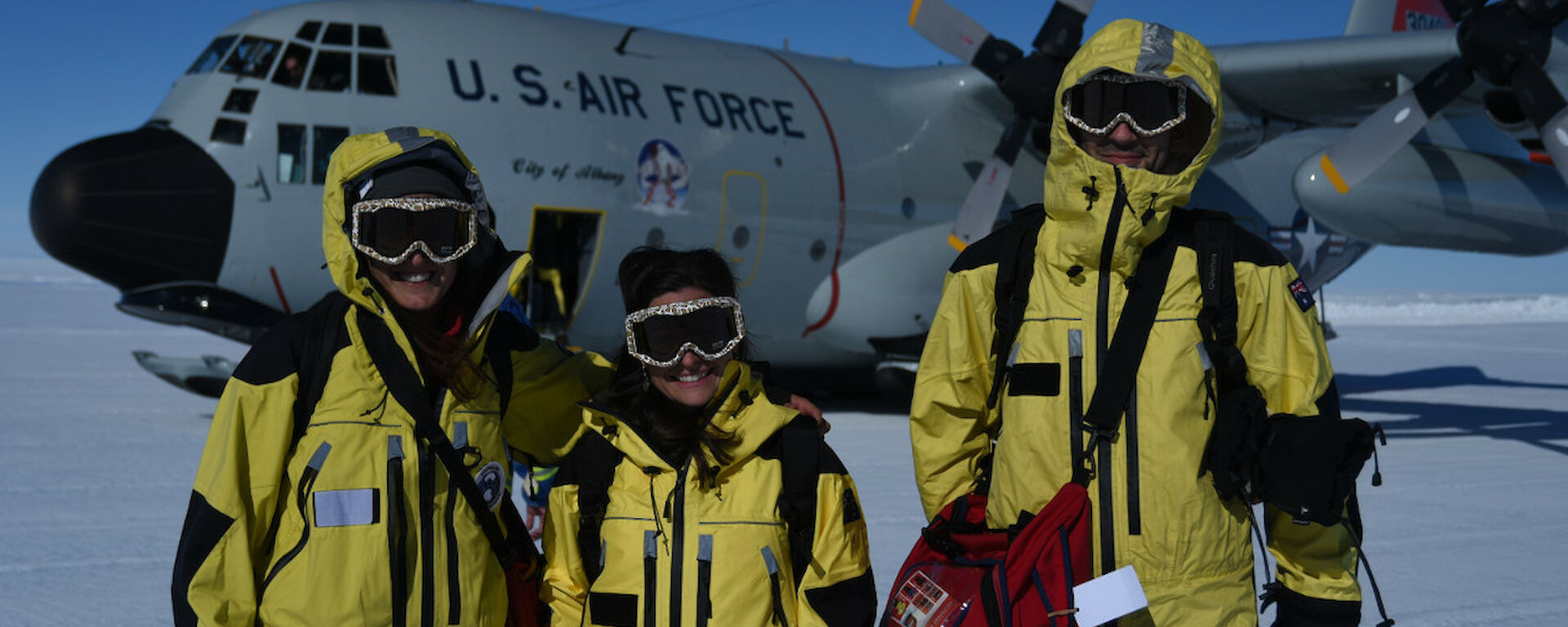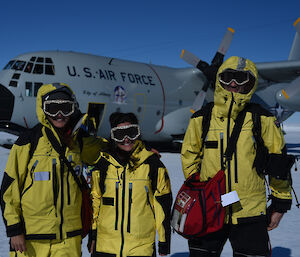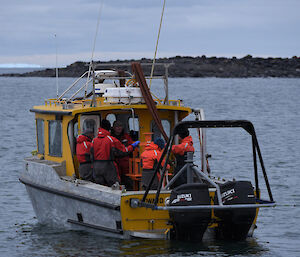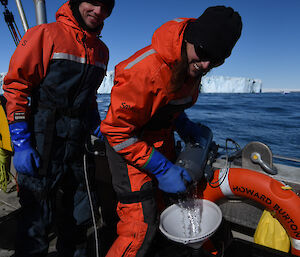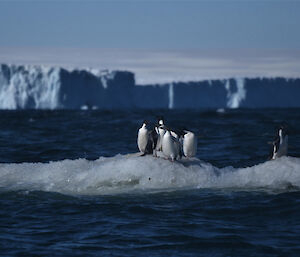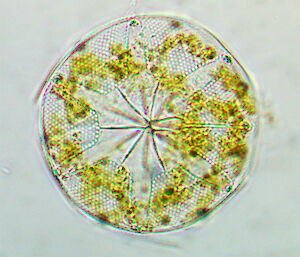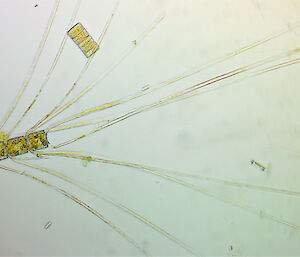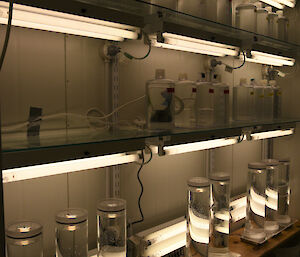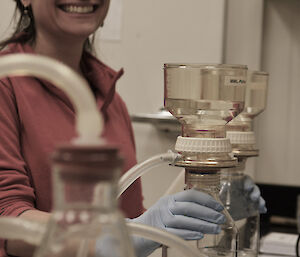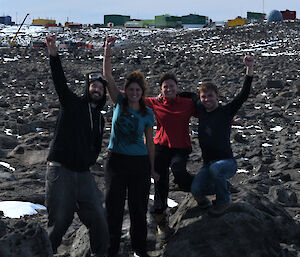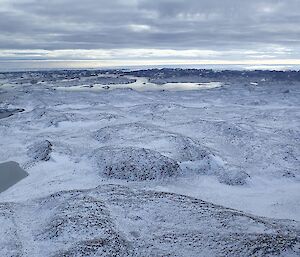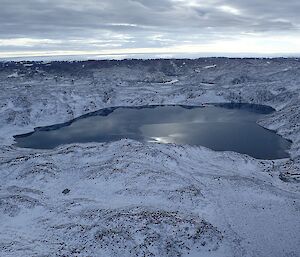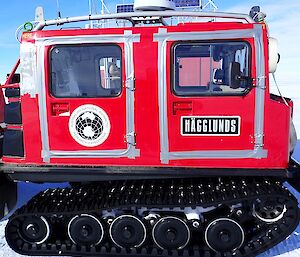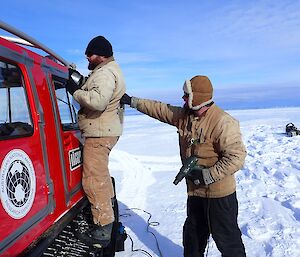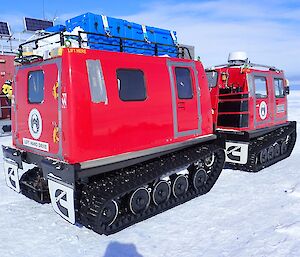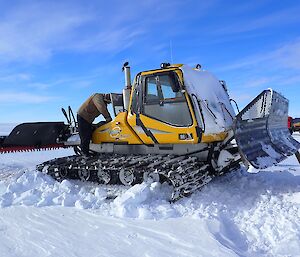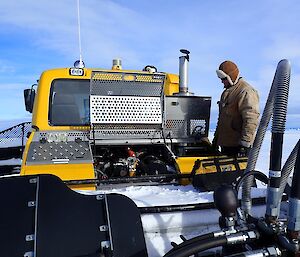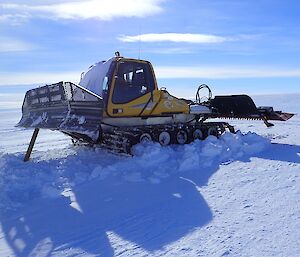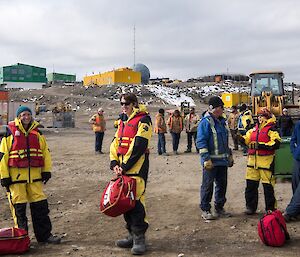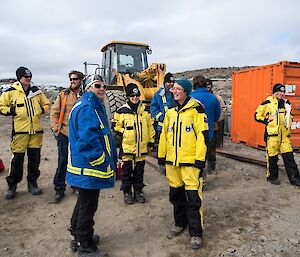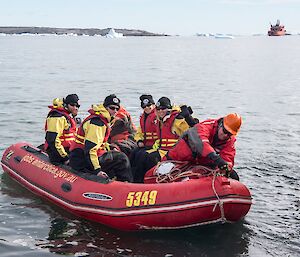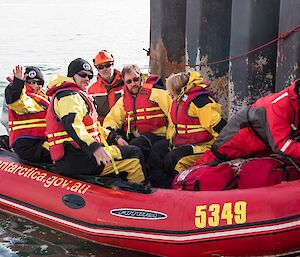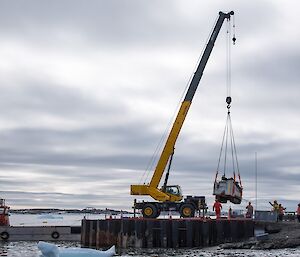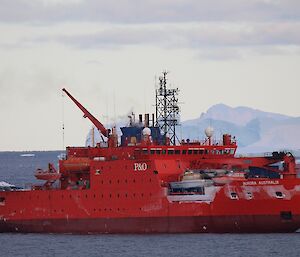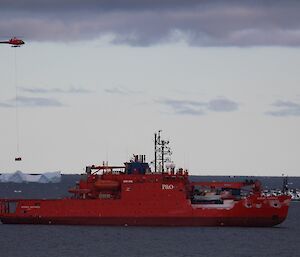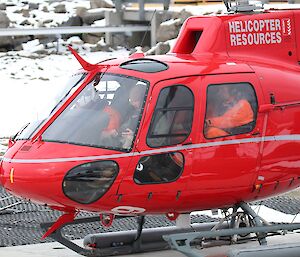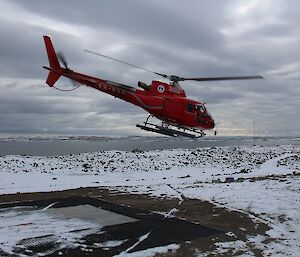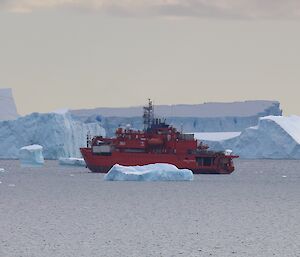When most people imagine Antarctica, the final frontier of Earth exploration, their minds turn to the cold, icy landscape and the charismatic megafauna, the whales, seals, penguins and possibly even the small but important krill. However, what is often overlooked are the invisible powerhouses that inhabit the oceans; the microscopic algae and bacteria that fuel the marine food webs, drive the crucially important nutrient cycles and even influence our climate.
Several millions of these organisms are present in every drop of seawater, and if their total mass was summed up they would weigh more than all the fishes and mammals in the ocean. The story of these littlest of critters are still largely unexplored and therefore many questions still exists on how these charismatic micro–organisms flourish, live and die. Enter ‘Team Microphyte'!
This is a short story of four intrepid researchers, Drs Katherina, Daniel, JB and PhD student Eva from the University of Technology Sydney, heading south to unravel some of the mysterious interactions between phytoplankton and bacteria in Antarctic seas.
The Antarctic marine ecosystem is a vital ‘hot spot’ of productivity and biodiversity that is entirely founded on the growth of microscopic algae — phytoplankton — which like plants, harvest energy from the sun to grow.
Many Antarctic phytoplankton also produce an important sulphur molecule that is consumed by marine bacteria, who can then convert it into a gas that can participate in cloud formation, linking ocean chemistry to global climate. We came to Antarctica to investigate the role of these sulphur compounds in modulating phytoplankton–bacteria associations and explore how changes in environmental condition, such as those expected from global warming, influence these fundamental relationships in the Antarctic ocean. These processes are important to understand, because marine microbes perform invaluable ecosystem services, and any shift in their interactions and collective function will profoundly affect ocean productivity (i.e. fisheries yields) and chemical cycling.
Although we have already arrived at the end of our research expedition, there’s a lot we can share about our adventure so far. Our journey started with a spectacularly comfortable flight to Casey on the Airbus A319, complete with a ‘smooth as silk’ landing at Wilkin’s. We then took the Hercules across the continent to Whoop Whoop, followed by a short yet sweet helicopter ride off the Plateau, gently landing us at Davis in time for lunch.
Once we’d landed, there was no ‘Slushying’ around. We were whisked off for our inductions and were ready to start our water sampling within three days. In total, we collected more than 500 litres of seawater while manoeuvring the continuously shifting and beautiful icebergs. Some water was collected during delightful weather and calm seas, and some collection days were a more rocky, less agreeable affair. A major highlight from our time at Davis was one of our sampling trips out along the Sørsdal glacier. The sun was shining, the ice twinkling and penguins out for ice-float joy rides.
What did we do with all of this water you may ask? Well, there were a number of experiments set up in our walk–in cold room (because Antarctica phytoplankton can’t take the heat!). We incubated these natural communities of micro–organisms with tracers to quantify their contribution to the cycling of climate–active sulphur molecules. We ran assays to determine if bacteria could be attracted by the ‘smell’ of these sulphur molecules, which would have important consequences in terms of sulphur cycling in the ocean, and we spent many hours filtering the water to capture the phytoplankton and bacteria for further analysis back home.
Our journey has been an excellent one, both in terms of research and adventure. Our return home will be aboard the RSV Aurora Australis. We can only hope that the trip home will be as smooth sailing as our time here. We are going home bearing smiles, with our arms loaded with boxes and bags of exciting samples, stunning photos and great memories. The team is extremely grateful to all at Davis station who supported our research and made it a successful season for marine science.

